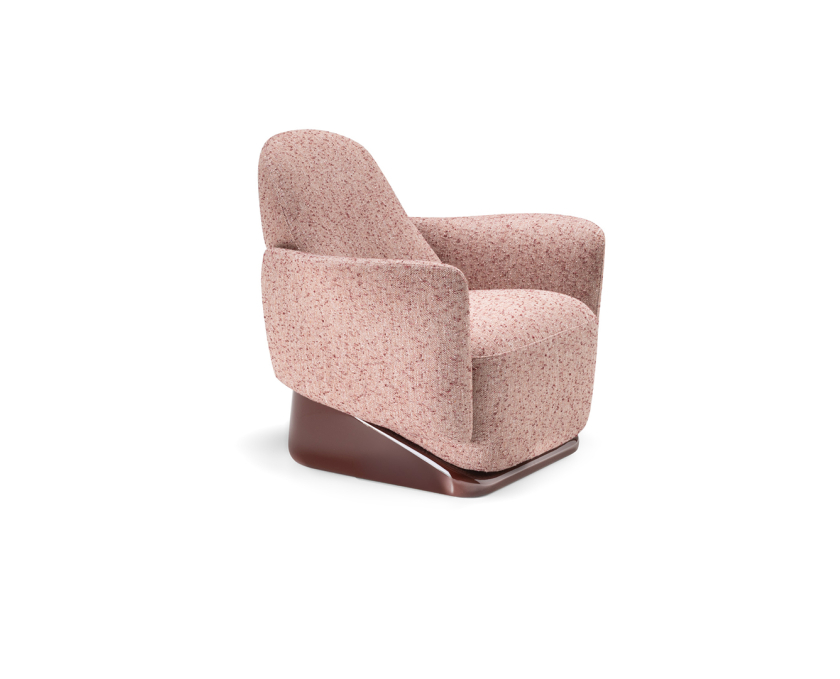
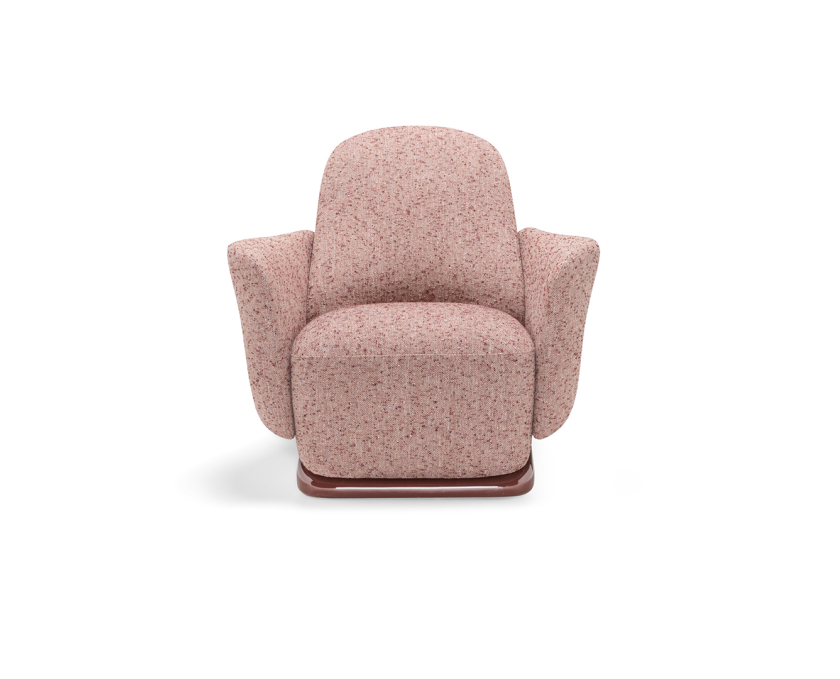
Los sillones de diseño son elementos esenciales para completar la decoración de un hogar moderno y elegante. Ya sea que sean la pieza central del salón o un asiento discreto que realza el resto del espacio, los sillones son imprescindibles. Esenciales en su diseño, con proporciones refinadas, formas suaves o audaces, ergonómicos y creados con materiales innovadores, así son los sillones contemporáneos de las colecciones Molteni&C. Estos sillones modernos se integran perfectamente en el espacio del salón y se adaptan con facilidad a otras estancias de la casa. Los tapizados de los sillones de diseño modernos en Molteni&C son el resultado de un proceso meticuloso de investigación y desarrollo, lo que da lugar a colecciones exclusivas. Cada pieza busca lograr un equilibrio perfecto entre funcionalidad y arte para satisfacer tanto al cuerpo como al espíritu. Aptos para cualquier espacio, estos sillones individuales modernos funcionan a la perfección por sí solos, en pareja, o como complemento de un cómodo sofá en el salón.







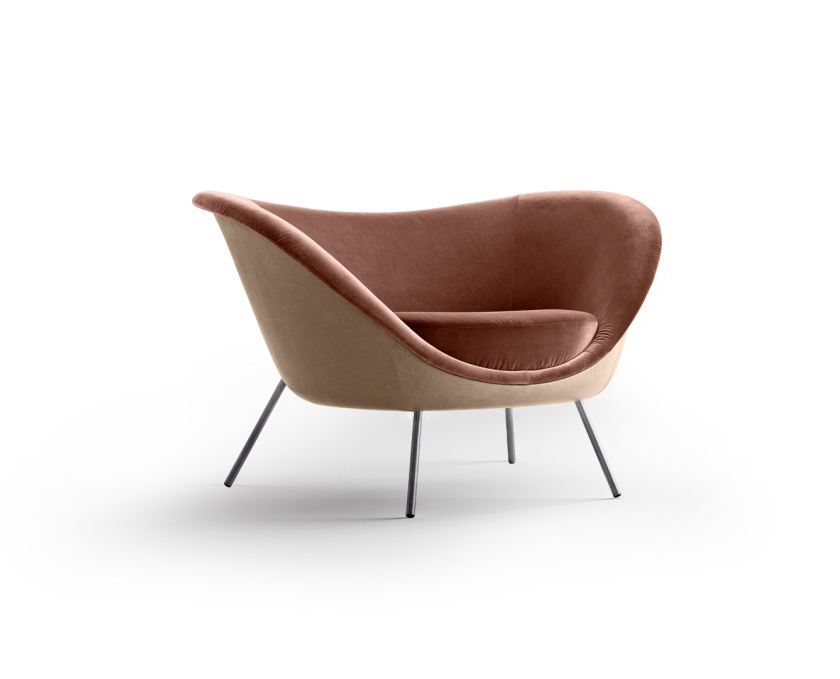




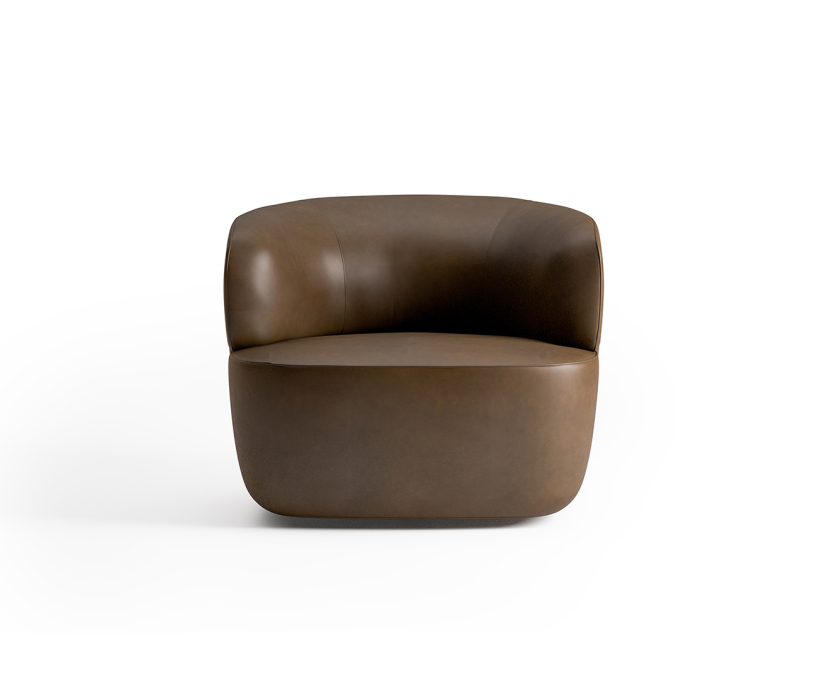
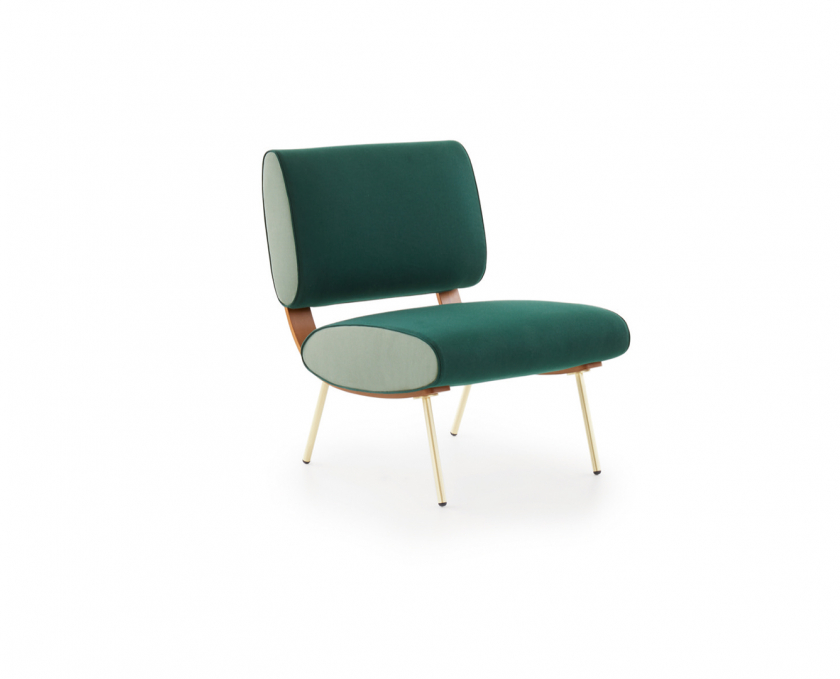
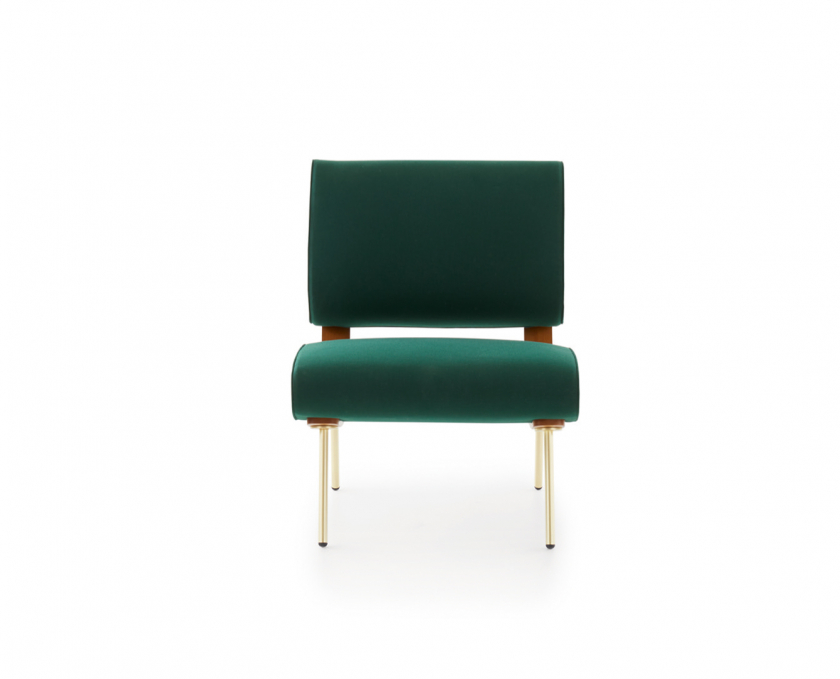
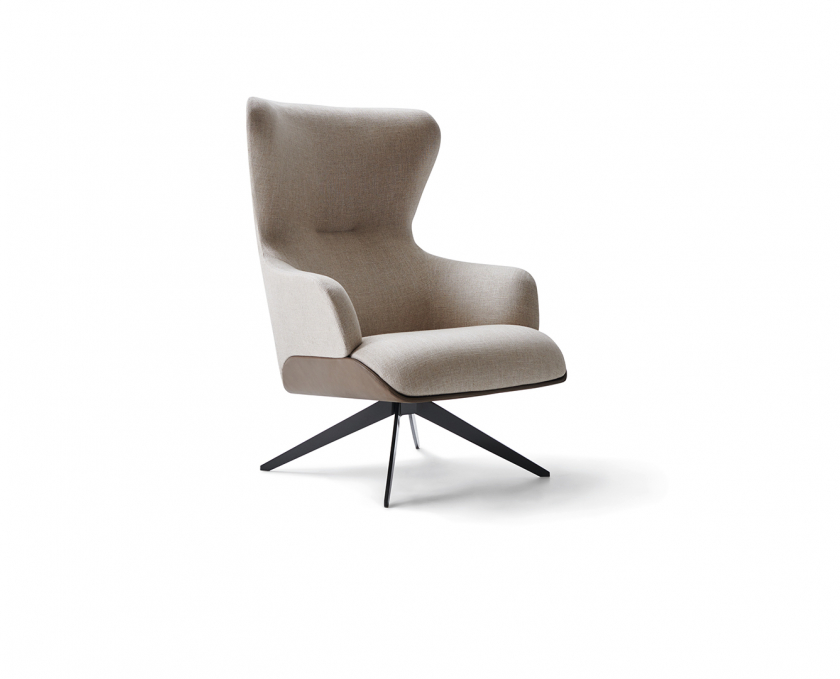
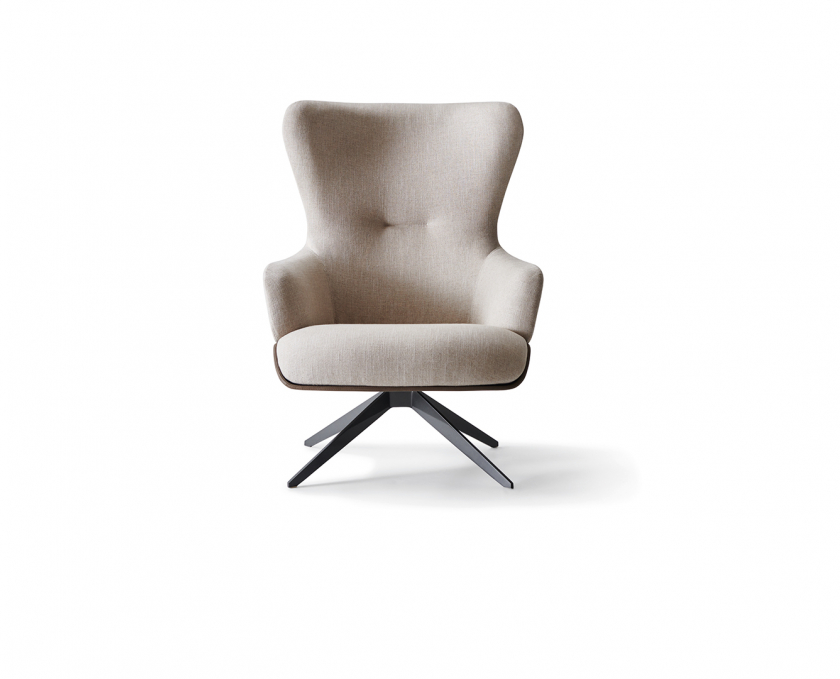
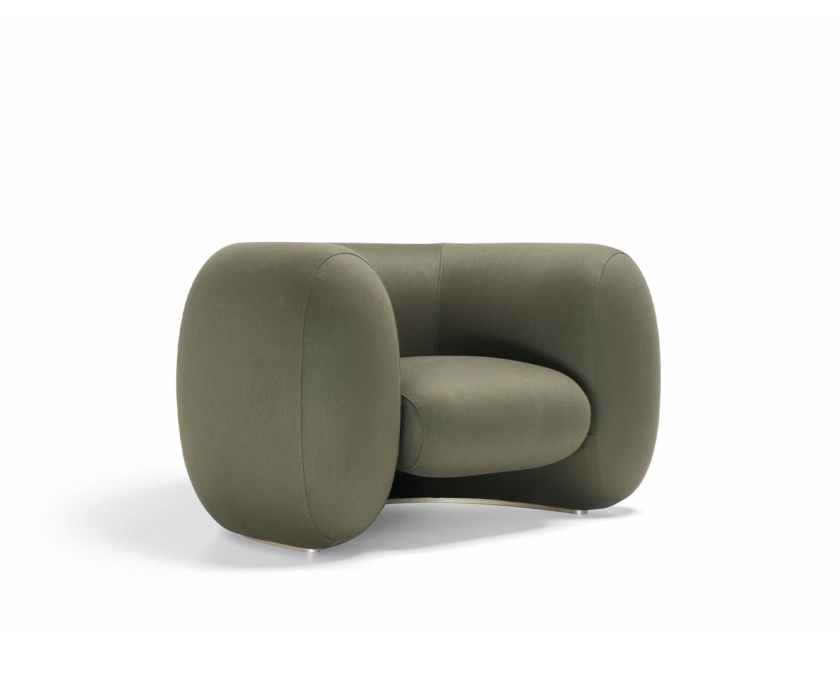
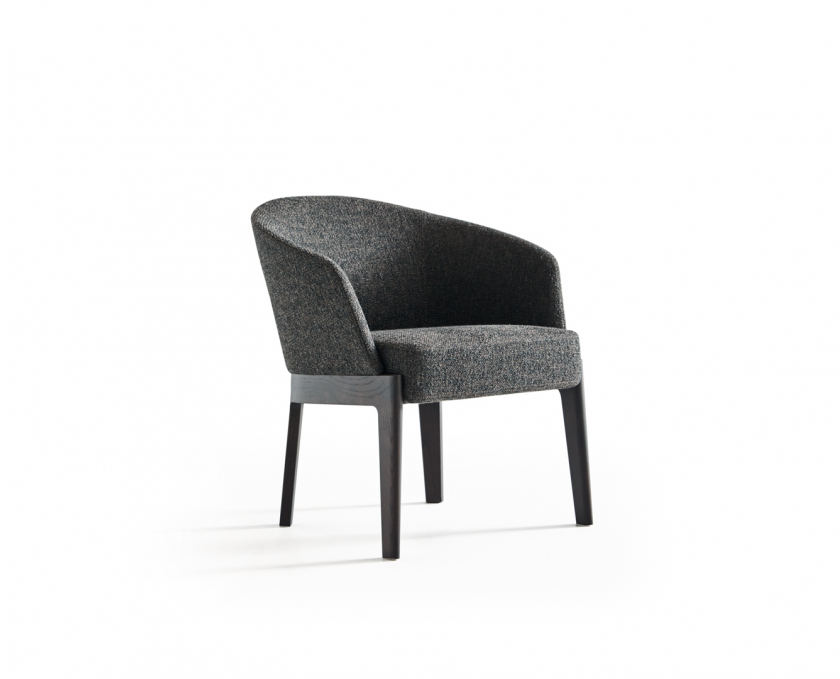
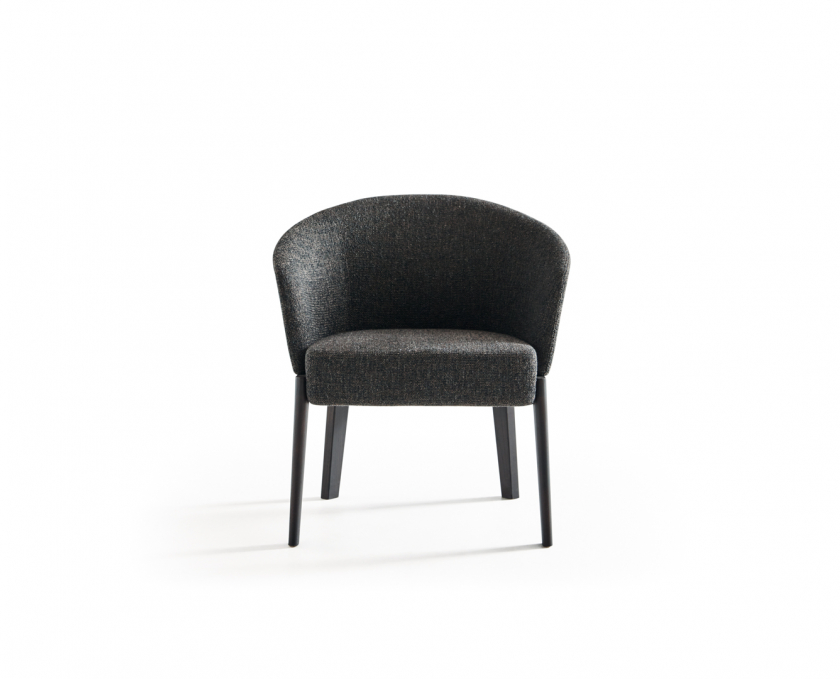
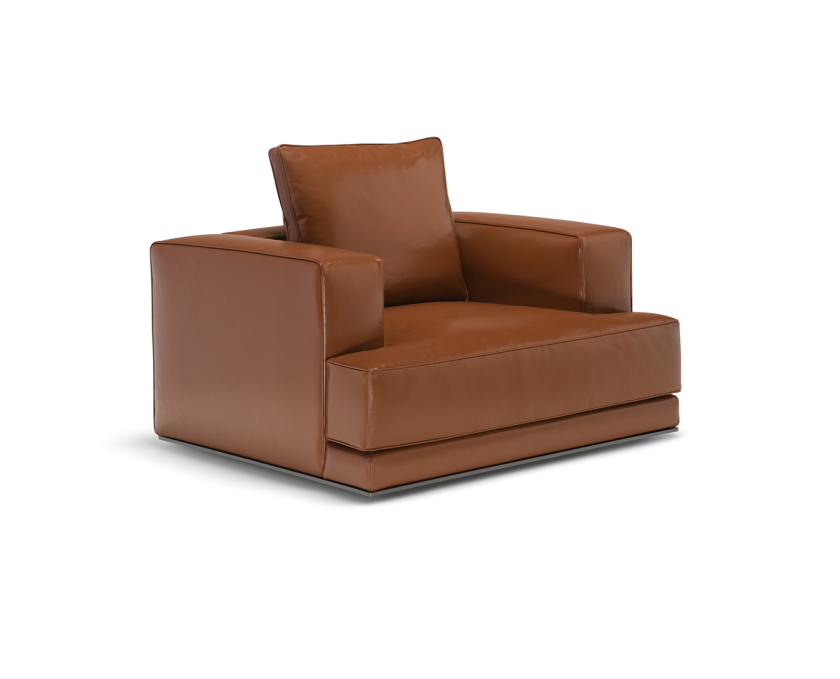
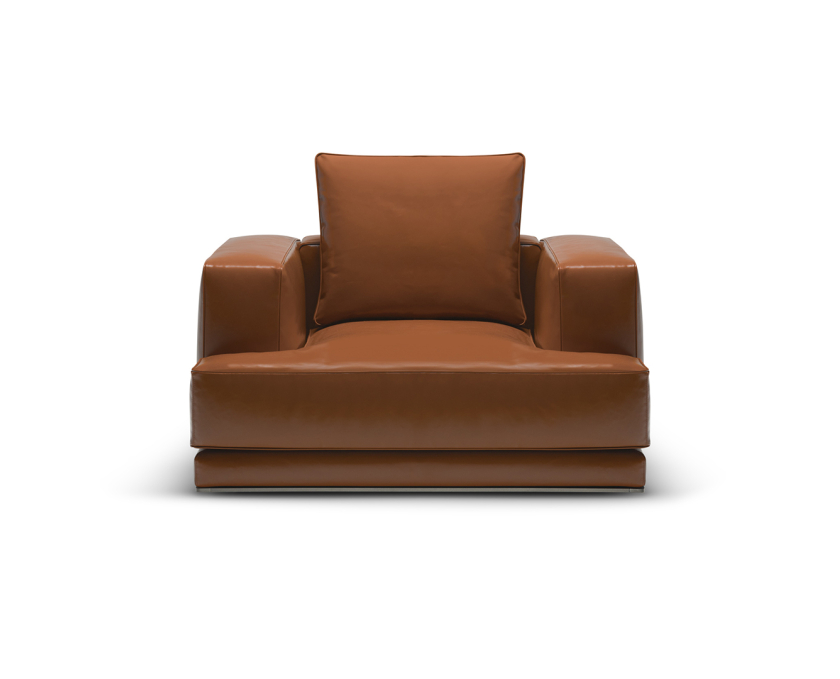
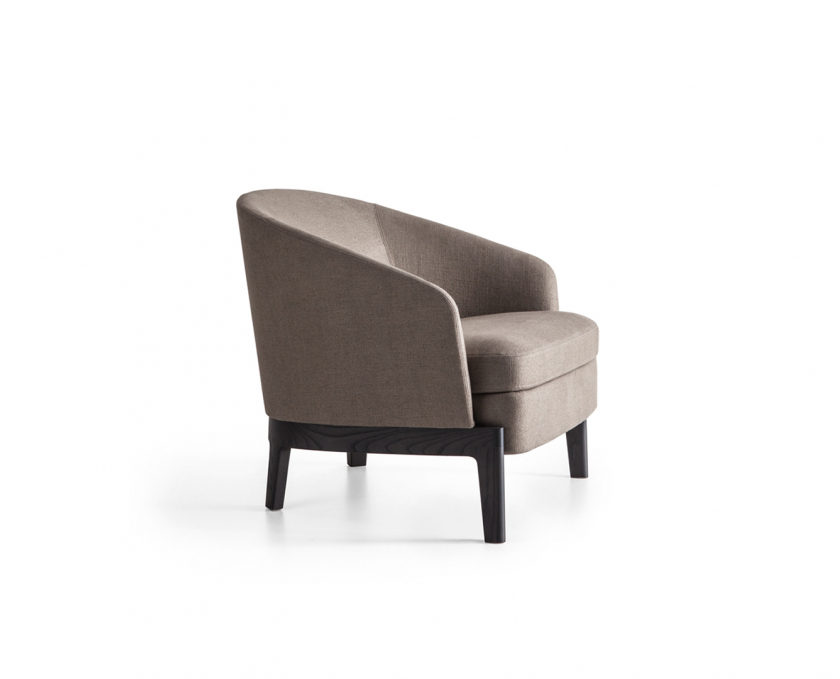
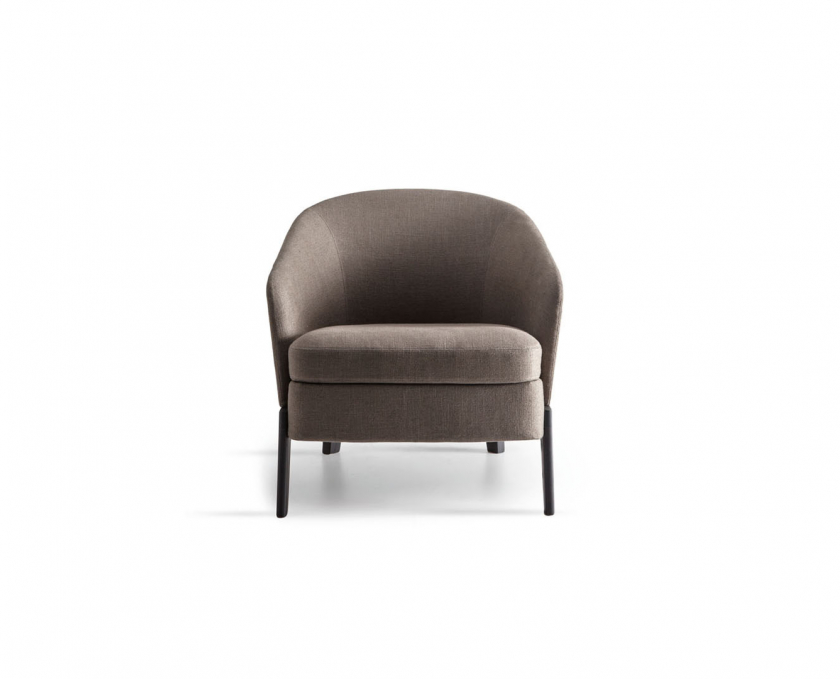
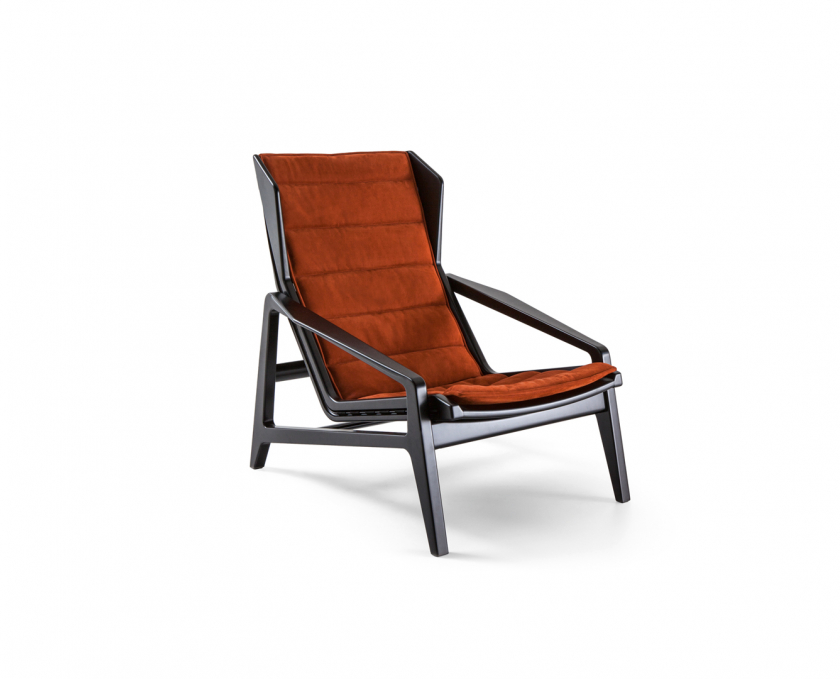
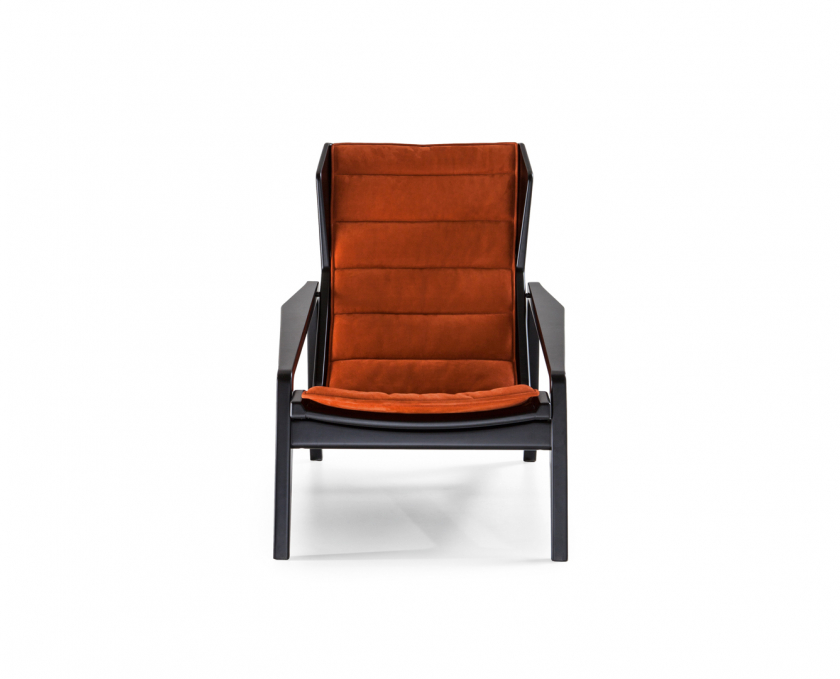
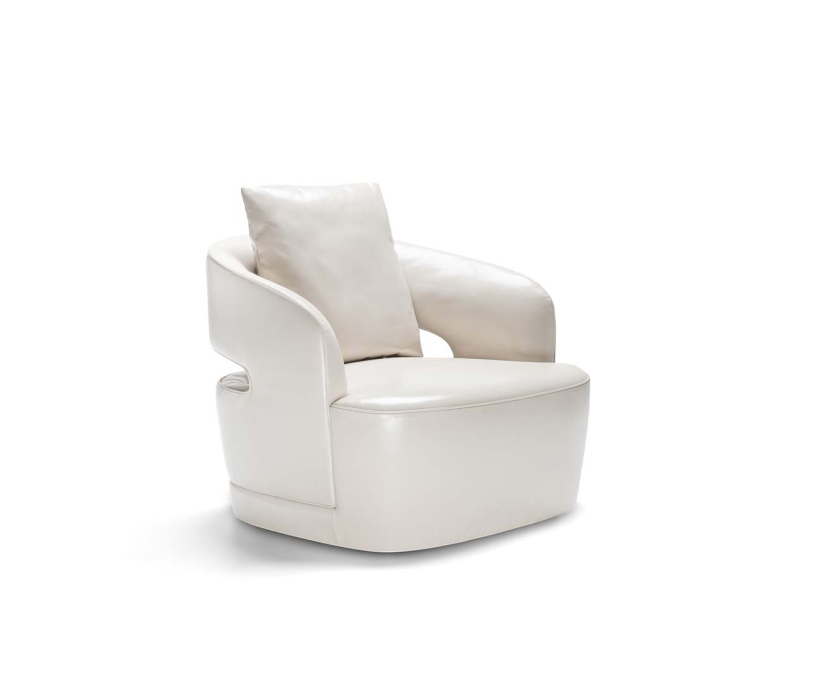
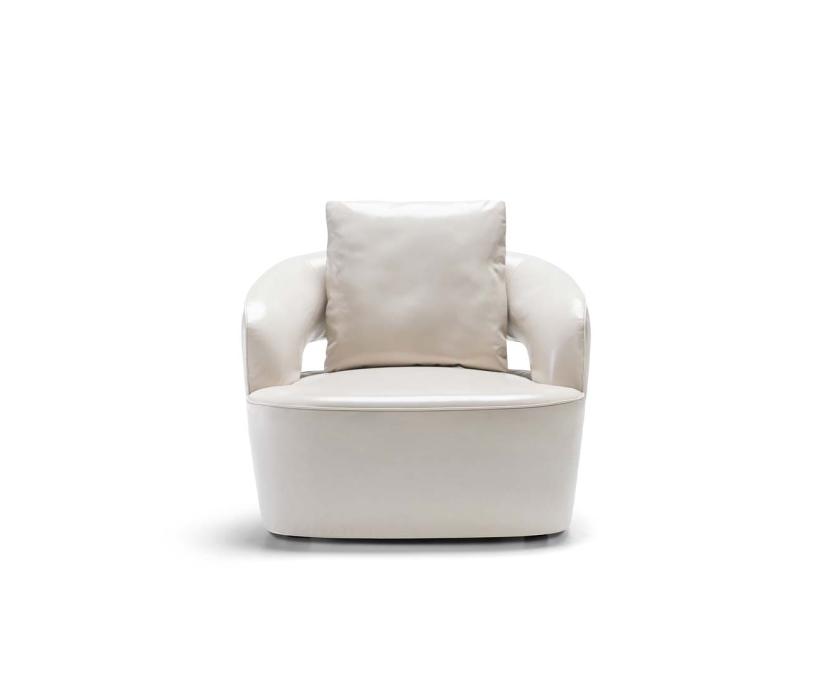
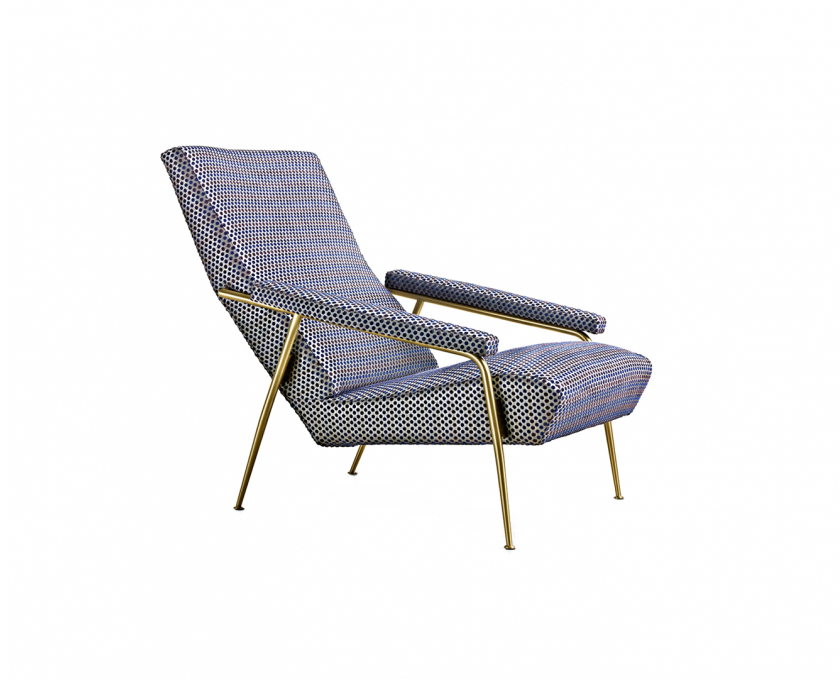
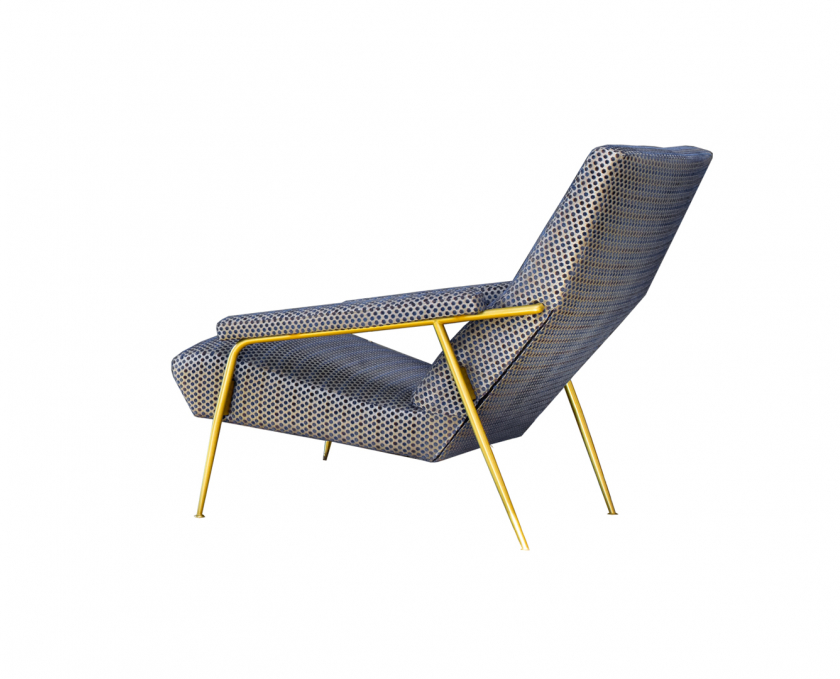
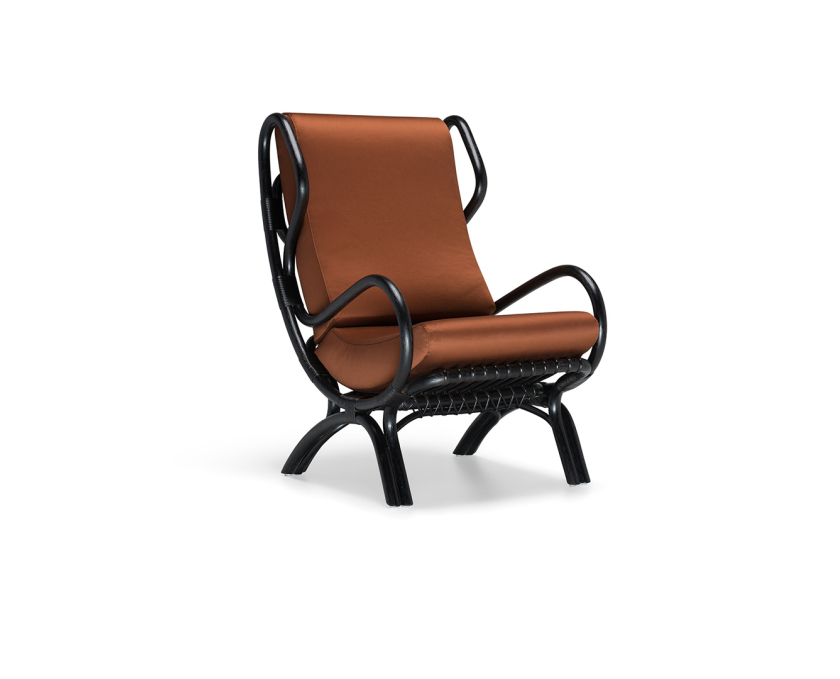
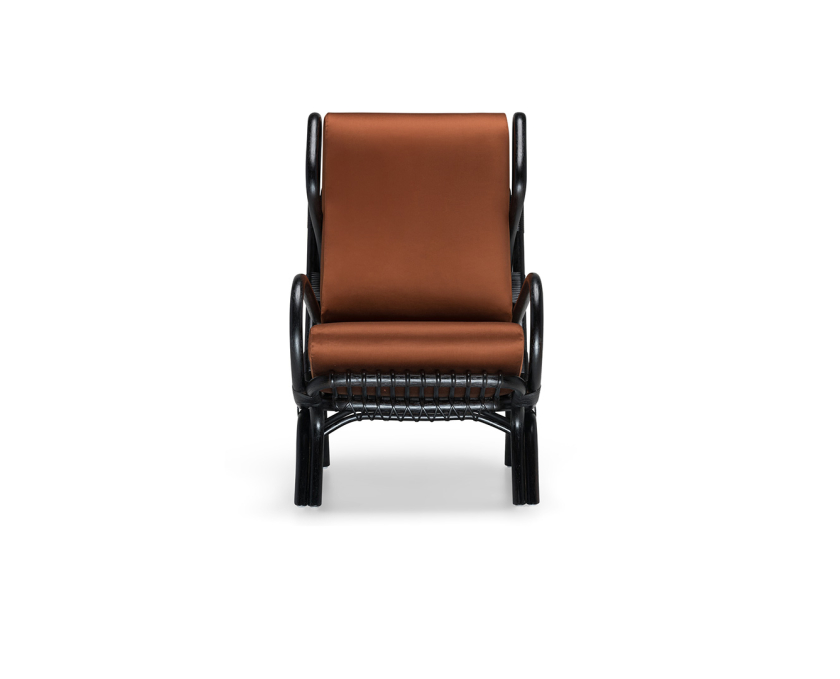
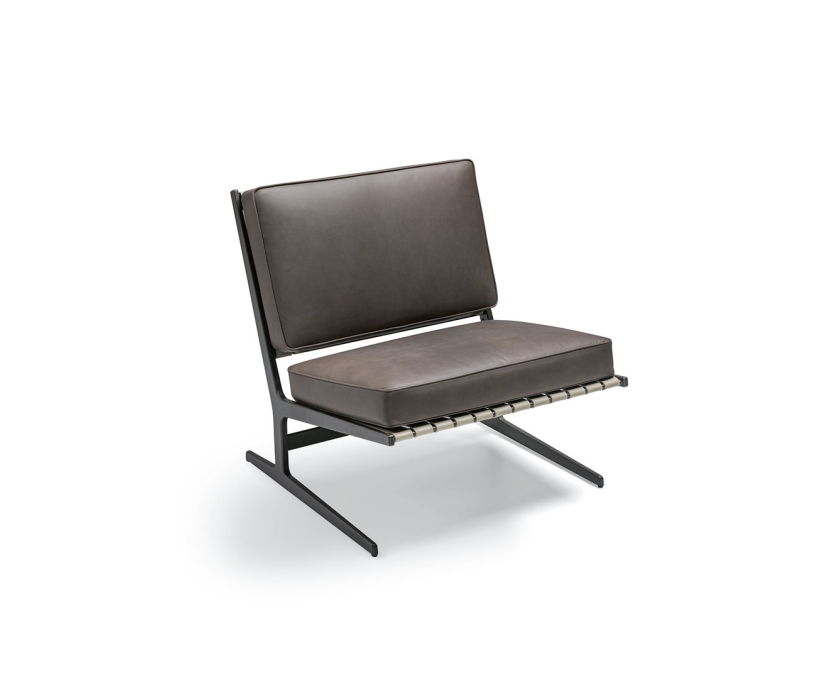
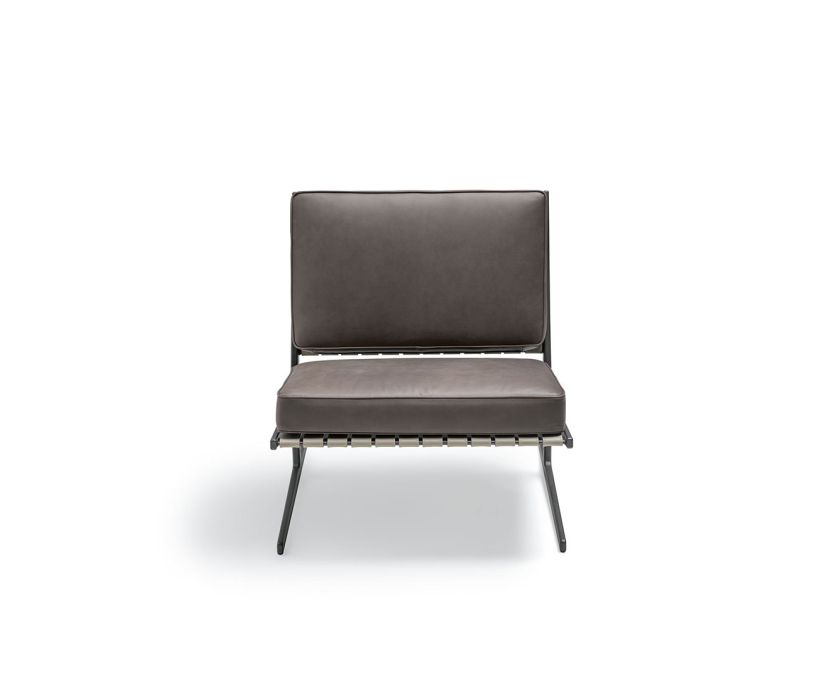
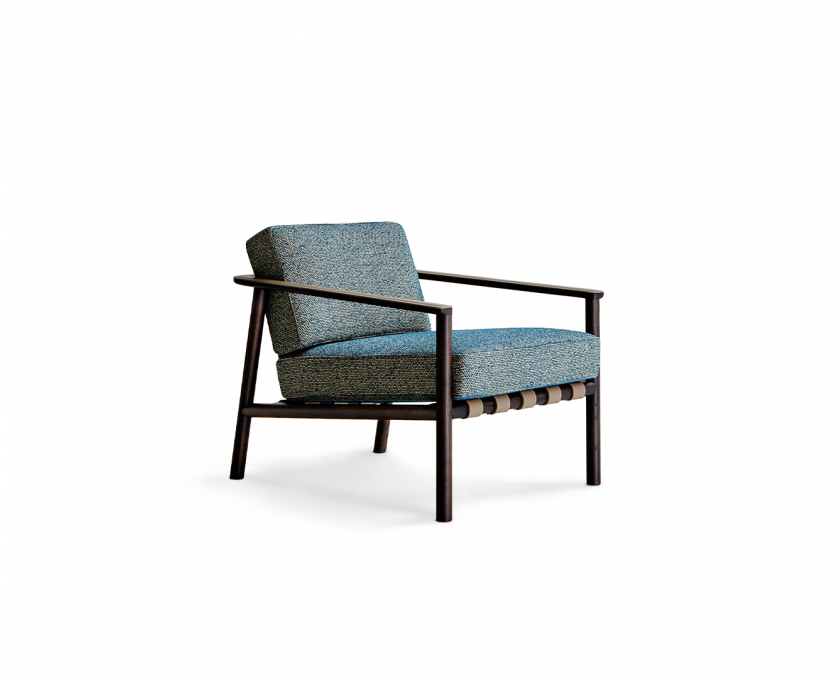
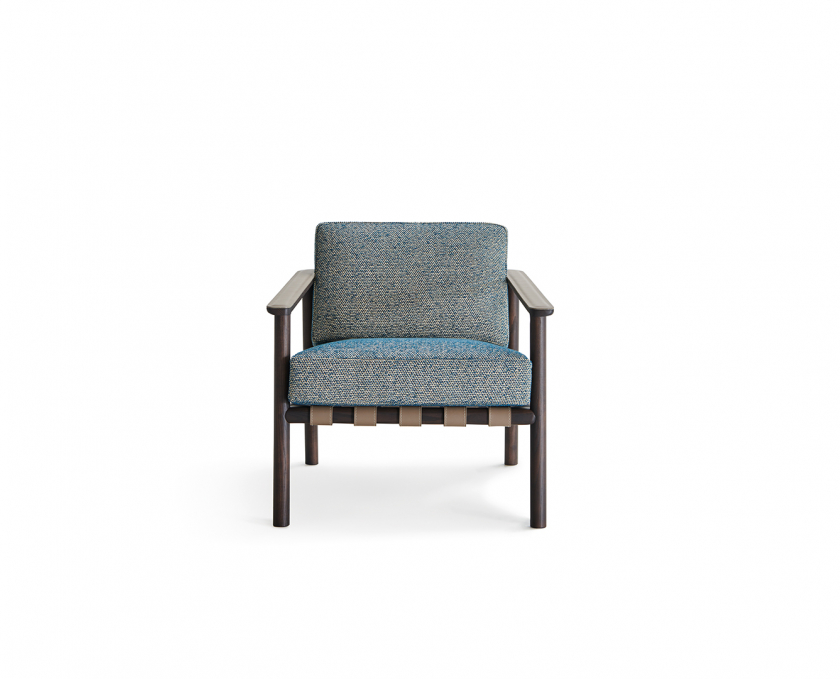
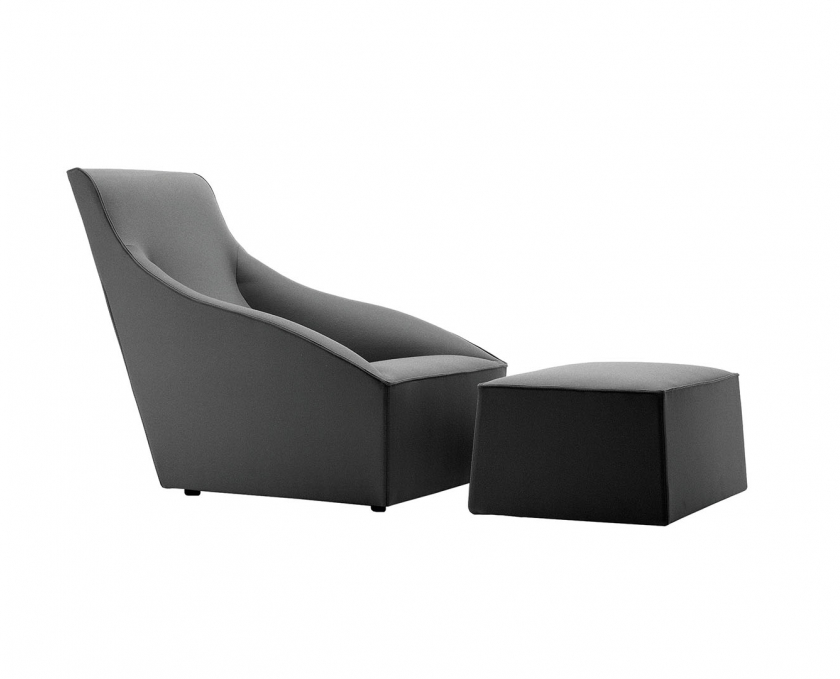
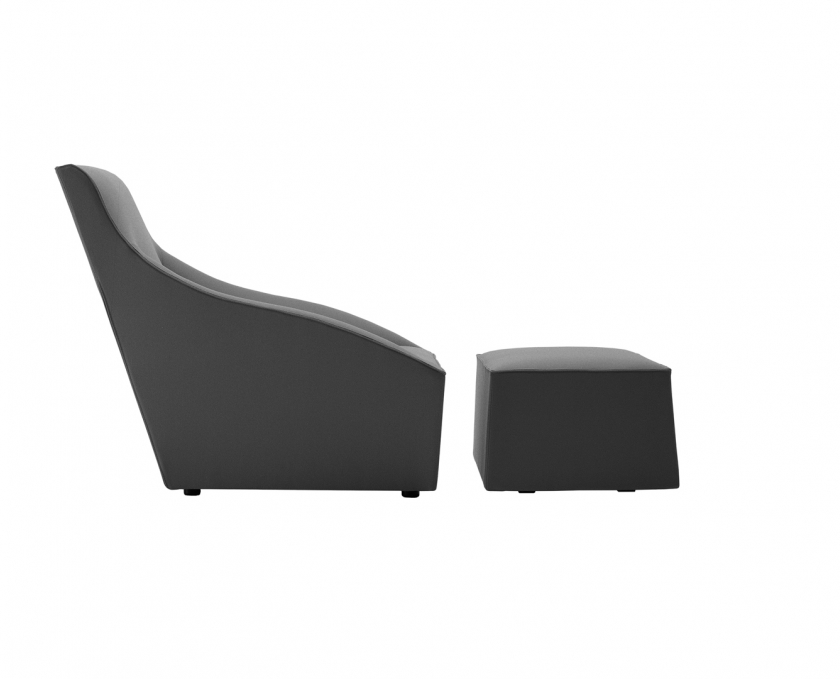
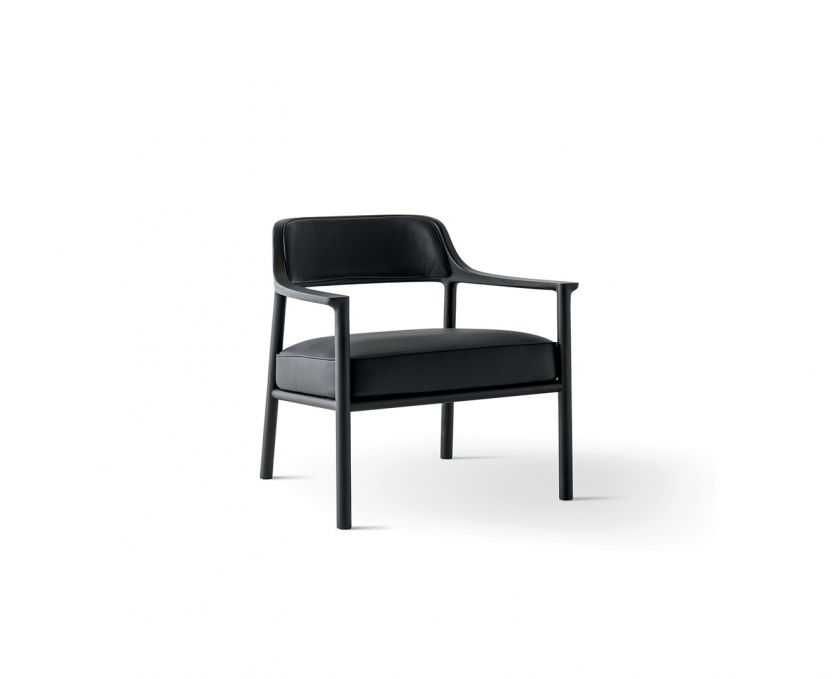
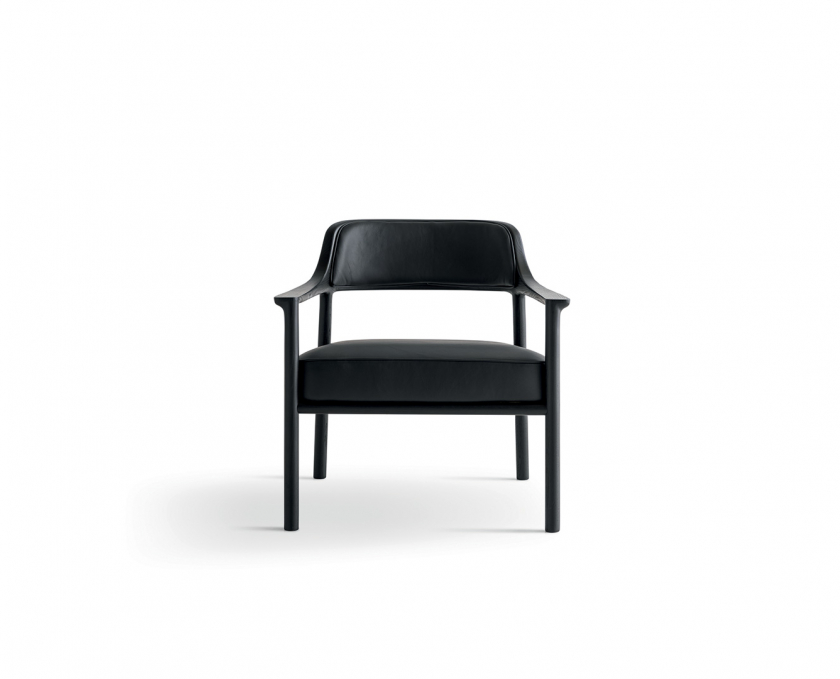
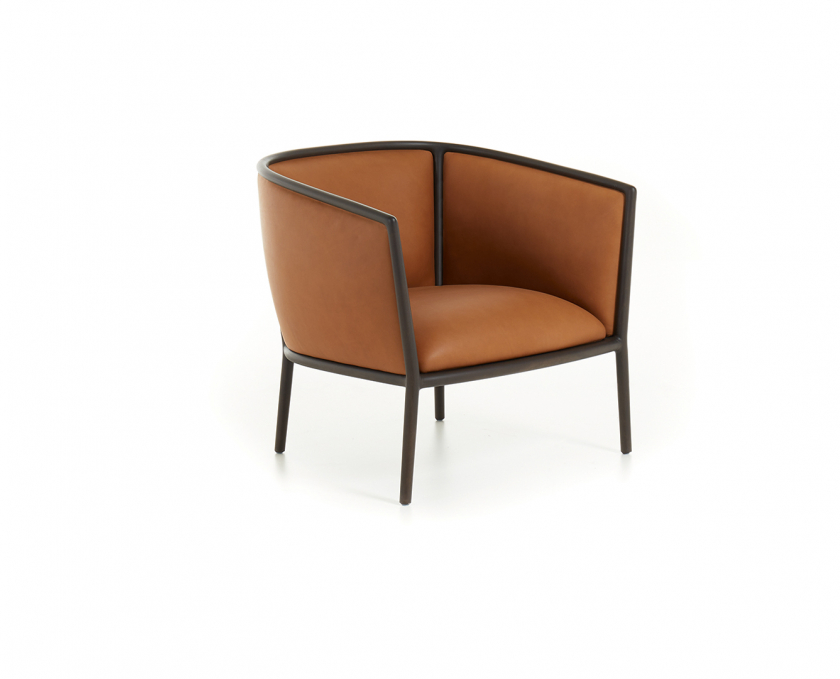
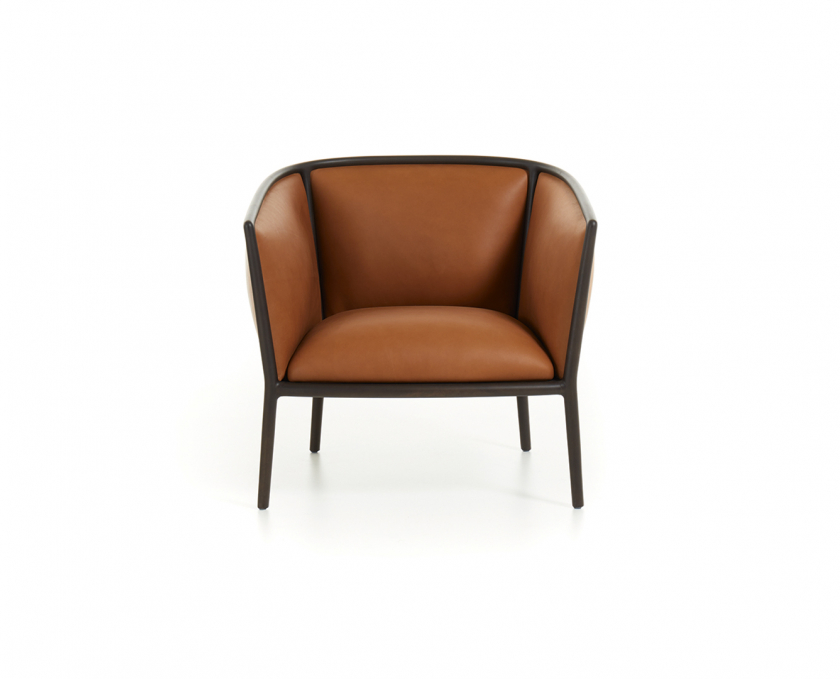
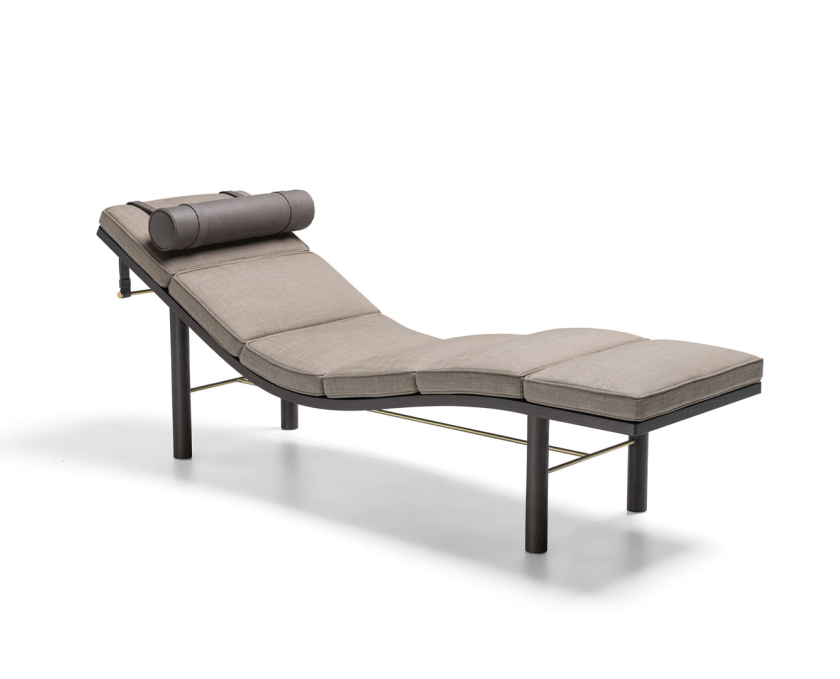

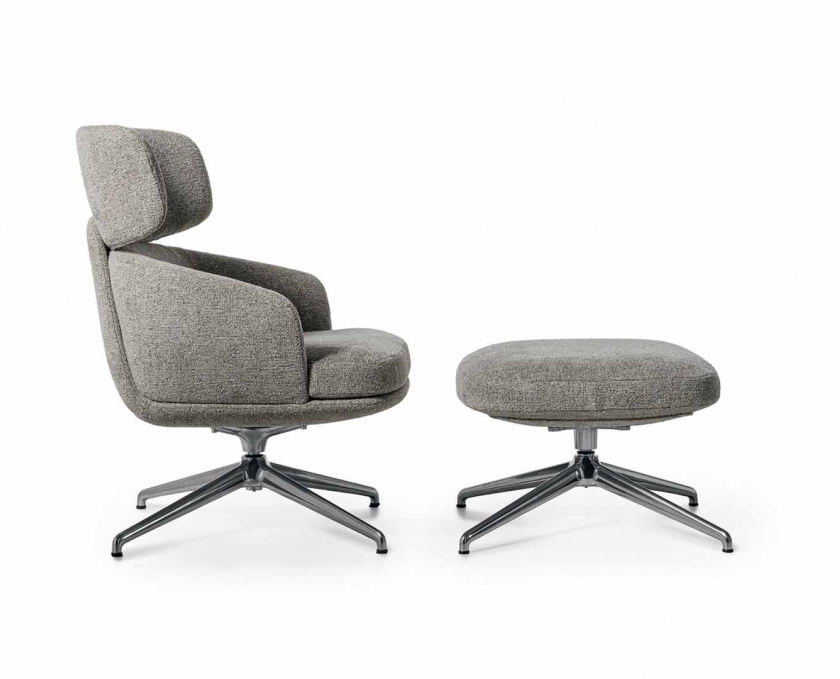


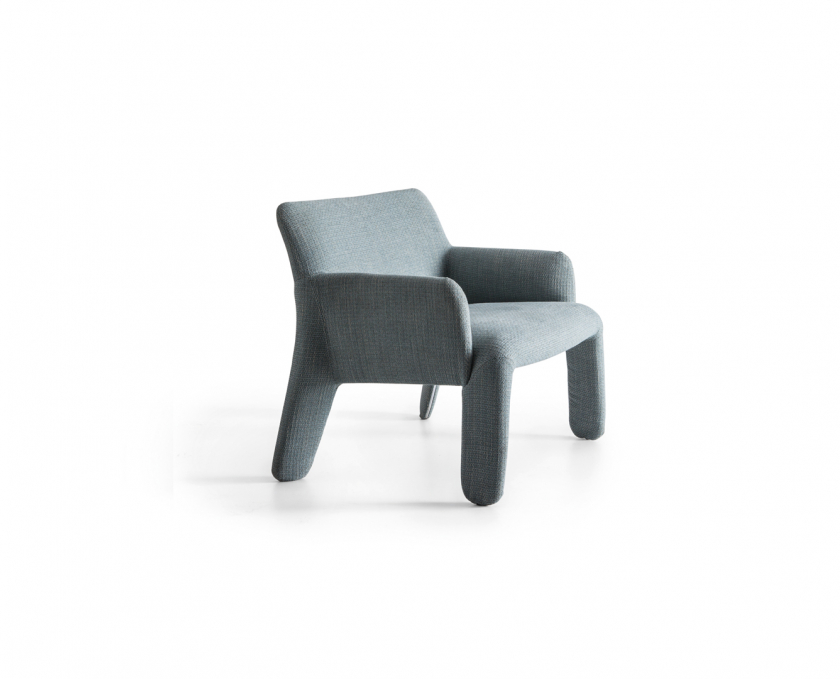
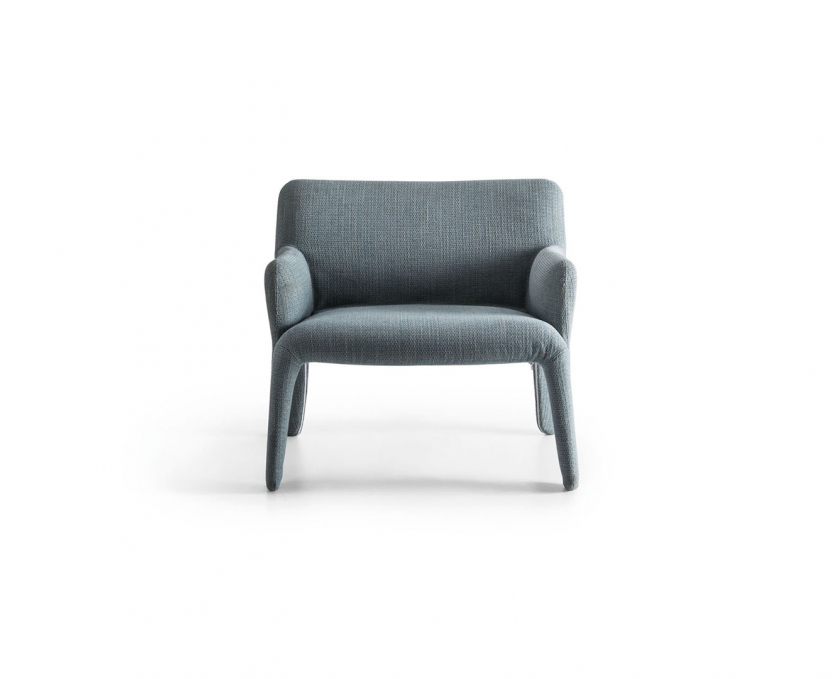
Rodolfo Dordoni ha diseñado varios sillones de diseño modernos en colaboración con Molteni&C. Los sillones Chelsea encapsulan la esencia del diseño contemporáneo y la memoria de la tradición. La solidez de la estructura de madera maciza se fusiona con las líneas fluidas de los respaldos, creando una combinación de ergonomía y elegancia que resulta en un asiento cómodo y refinado. El diseño Piccadilly juega con la combinación de varias superficies que se cruzan para crear nuevas formas envolventes con y sin reposabrazos. Kensington es una butaca contemporánea con líneas amplias y proporciones cuidadosamente equilibradas, ideal para conversar o disfrutar de momentos de calma. Como los demás, lleva la inconfundible firma de Dordoni.
La firma de Gio Ponti aparece en varios sillones contemporáneos de Molteni&C. El nombre “Round D.154.5” proviene de la forma redondeada del asiento y los respaldos, conocidos como “a saponetta” (pastilla de jabón). Dentro del estudio Ponti/Fornaroli/Rosselli, la butaca de diseño Round D.154.5 también era conocida como Otto Pezzi (Ocho Piezas). Fiel a su nombre, el diseño consiste en ocho partes: un respaldo, un asiento, dos soportes curvados de contrachapado y cuatro patas que se atornillan a la base para mantenerlo todo unido. Diseñado por Gio Ponti y originalmente producido para la empresa Altamira, el sillón D.156.3 se exhibe en la sala de exposiciones de la marca en Nueva York. El sillón de diseño D.156.3, que Molteni&C está reeditando de manera exclusiva, cuenta con una estructura de nogal Canaletto macizo o lacado negro semibrillante.
El sillón de diseño D.151.4 presenta una estructura envolvente, reposabrazos cómodos y patas de madera maciza terminadas con tapones de latón. Originalmente diseñado en 1953, el D.153.1 forma parte de la reedición de los muebles de la residencia privada de Gio Ponti en Milán. El tejido, diseñado por el propio Ponti en 1934, reinterpreta la técnica centenaria del terciopelo, actualizándola con patrones contemporáneos. El sillón D.154.2 es como una concha acogedora: tiene una carcasa rígida de poliuretano, una contra carcasa de poliuretano suave y un cojín. Está disponible en una amplia selección de tejidos Molteni&C, con la opción de personalizar cada componente individualmente. Continuum D.163.7 es el resultado de la habilidad artesanal en ratán, un material natural que se curva e intrecha a mano de manera intrincada.
Vincent Van Duysen, un profundo conocedor de la historia del diseño moderno, ha diseñado Yoell: una reinterpretación contemporánea del sillón de relajación latinoamericano de los años 50. Con su elegante estructura de madera maciza en roble negro, eucalipto y roble sunrise, Yoell renueva las características distintivas del sillón de relajación. Yoell está disponible con tapizado en tela, cuero o piel de la gama Molteni&C. Walter, una pequeña butaca moderna, tiene una estructura completamente hecha de roble negro macizo o fresno eucalipto, diseñada para un entorno contemporáneo y convivial, y también lleva la firma de Van Duysen. Elain, con sus formas redondeadas y envolventes, es una pequeña butaca contemporánea diseñada para adaptarse a cualquier entorno gracias a su tamaño compacto. Disponible en ricos tejidos o cueros flexibles, Elain mantiene su identidad como una pieza sofisticada con una estética refinada y un confort lujoso, gracias a su asiento y respaldo acolchonados.
El sillón Augusto, hecho con un acolchado de espuma de alta densidad y cojines de asiento suaves en fibra de PET reciclada, combina un diseño clásico con una estética contemporánea. Lucio, una fusión armoniosa de fluidez y feminidad, encarna la necesidad de relajación en la vida moderna. Lucio es una fusión elegante de líneas suaves y feminidad, creada para encarnar el deseo de relajación en la vida moderna. Vincent Van Duysen también diseñó Paula, que aporta una sensación de movimiento y ligereza al espacio. El sillón bajo Gillis se utiliza principalmente en hostelería, vestíbulos, dormitorios, salones y bares, pero también se adapta perfectamente a los interiores residenciales como complemento de sofás y sillones modernos más destacados. Tiene una estructura clásica completamente de madera, donde el respaldo también sirve como reposabrazos. Margou, de Vincent Van Duysen, combina innovación, estética y ergonomía en un diseño cuidadosamente elaborado que equilibra la técnica artesanal y la ligereza visual.
Doda, de Ferruccio Laviani, es una interpretación contemporánea de la clásica bergère: una butaca moderna con formas envolventes definidas por el confort y una proporción equilibrada entre espesores y líneas rectas y curvas. El sillón Cinnamon, diseñado por el japonés Naoto Fukasawa, combina a la perfección forma, función y confort. Su estructura suave y envolvente emana calidez y tranquilidad, invitándote a sentarte y relajarte. Tuscany, una chaise longue que fusiona la estética japonesa con la esencia del paisaje italiano, refleja un enfoque sereno y refinado del diseño. Glove-Up, de Patricia Urquiola, evoluciona un tema de diseño estructurado con líneas fluidas moldeadas y transiciones suavemente conectadas. Su forma fluye perfectamente desde el respaldo curvado hasta las patas ligeras, haciendo de Glove-Up una butaca contemporánea y versátil, igualmente adecuada para entornos clásicos o contemporáneos.
Para estar al día y recibir noticias de productos, novedades y eventos del Grupo Molteni
Productos